Mycology at the Aspen Center for Environmental Studies
Like huge fairy rings of mushrooms that spread out into the vast prairies and rolling hills of our Rocky Mountain Region, information about Colorado’s fungi – mushrooms in particular – has emanated from Denver Botanic Gardens’ mycology herbarium for the past half-century. Now named the Sam Mitchel Herbarium of Fungi, knowledge gained from our collection of local fungi has spread out into numerous mountain towns and isolated regions of Colorado.
One of the most productive (and beautiful!) areas in our state are the mountains and valleys of the Aspen-Snowmass area. Since the early 1970s mycology staff, volunteers and guest experts have focused on collecting in those wilderness areas verdant with aspen groves, glorious spruce-fir forests and riparian habitats. Because of our early-sponsored Aspen Mushroom Conferences of the ‘70s followed by our leading field studies at the Aspen Center for Environmental Studies (ACES), Gardens scientists and volunteers have amassed over 2,500 carefully studied and documented fungal specimens from Pitkin and Eagle counties.
These collections are often rare and unique, varying from the famously edible morels, porcinis and chanterelles to huge fairy rings of giant puffballs. Sharp-eyed collectors have spotted tiny rare and colorful cup fungi contrasted with huge, often bitter-flavored woody polypores (conchs) growing high on the side of trees; many species that, across the world, have been used for centuries as medicinal fungi.
Every August, mycologists from the Sam Mitchel Herbarium journey back to ACES by way of Independence Pass, collecting along the way. Celebrating its 50th year of “Educating for Environmental Responsibility,” ACES is located in the heart of Aspen, near the post office and surrounded by Hallam Lake. This quiet sanctuary is a 25-acre nature preserve and learning center, donated in 1968 by Elizabeth Paepcke, and is open to the public year-round.
The first night of this year’s visit, Assistant Curator of Mycology Dr. Andrew Wilson gave a much-appreciated lecture on The Colorado Mycoflora Project. The following two days were spent teaching a class of Naturalist Field School students to go out – and up – into the woods and hills to collect mushrooms and other fungi and learn their habitats and methods of growth – information which they would use for further identification. Andrew and myself, aided by Gunnison mycologist Amy Honan, worked with the students, teaching identification and demonstrating the value of good field work. On the last day we put on a small fair, which was open to the public. Many local and out-of-state visitors enjoyed our displays and were curious to learn more.
As always when we depart Aspen, we invite students and staff met at ACES to come to Denver and visit our herbarium. And they do come; we always receive follow-up visitors whose interest in fungi and their essential role in the environment has been stimulated. They want to know more, read more and talk more about the essential role fungi play in our environment. So, we keep spreading the word.
Gallery
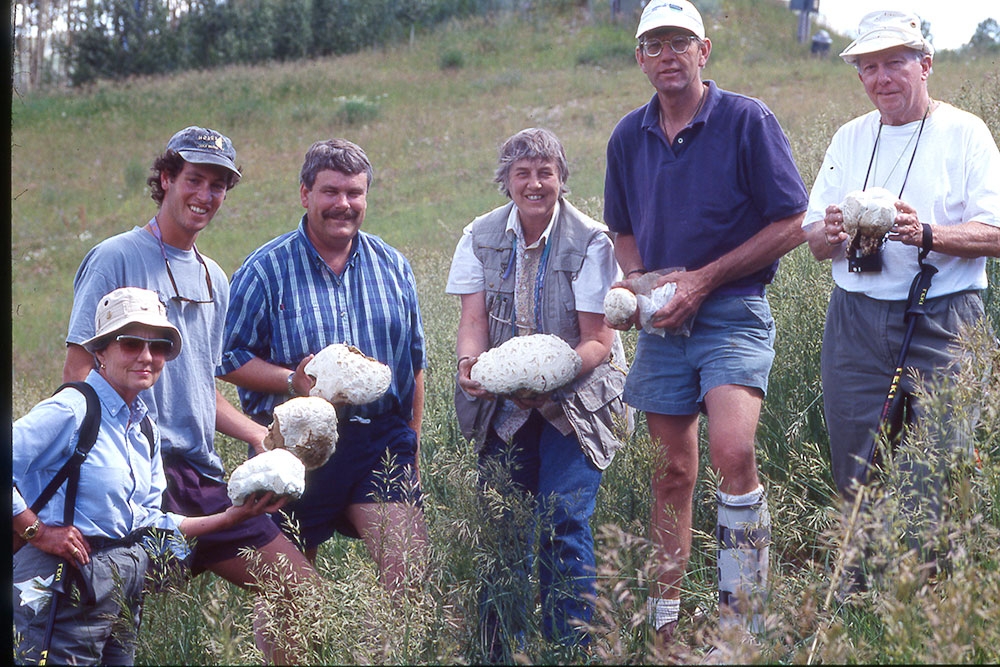
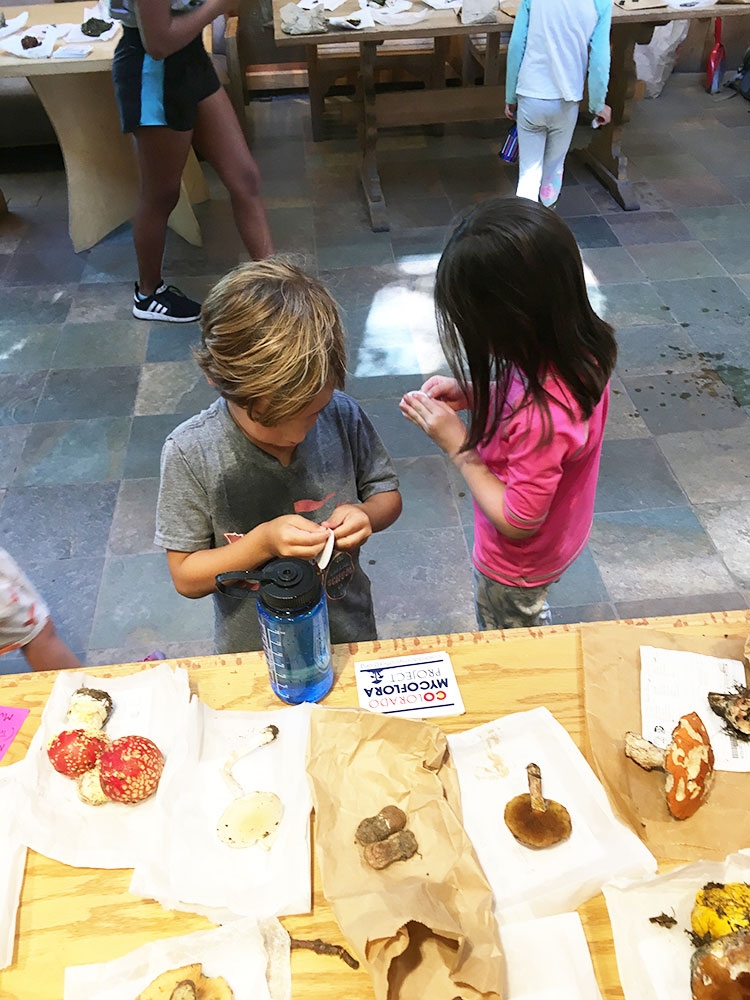
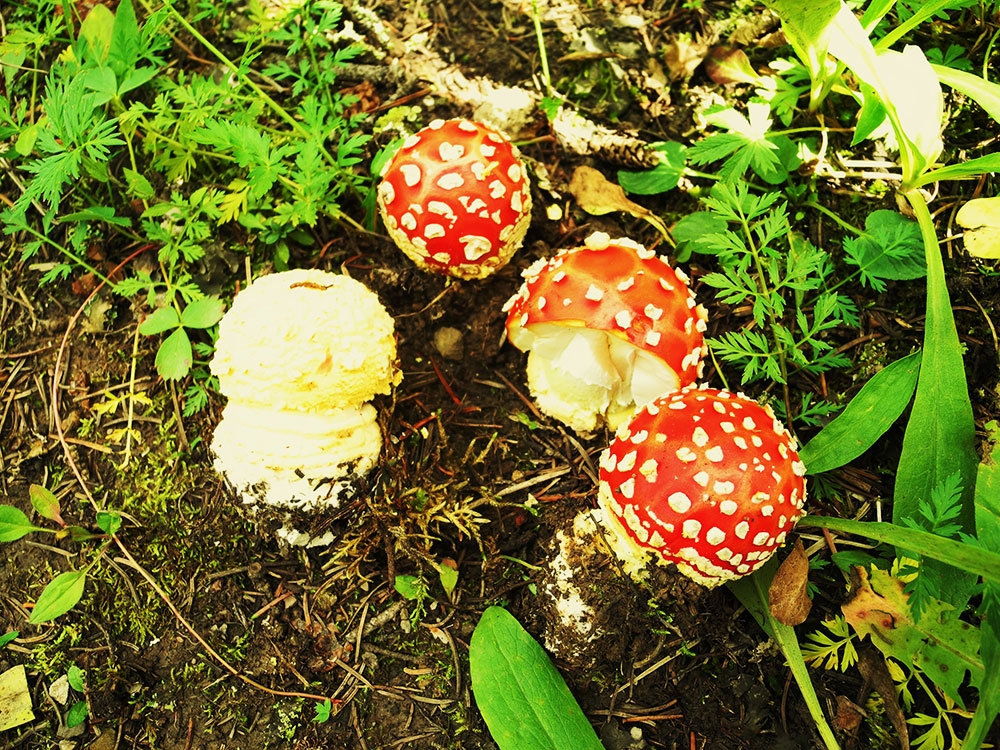
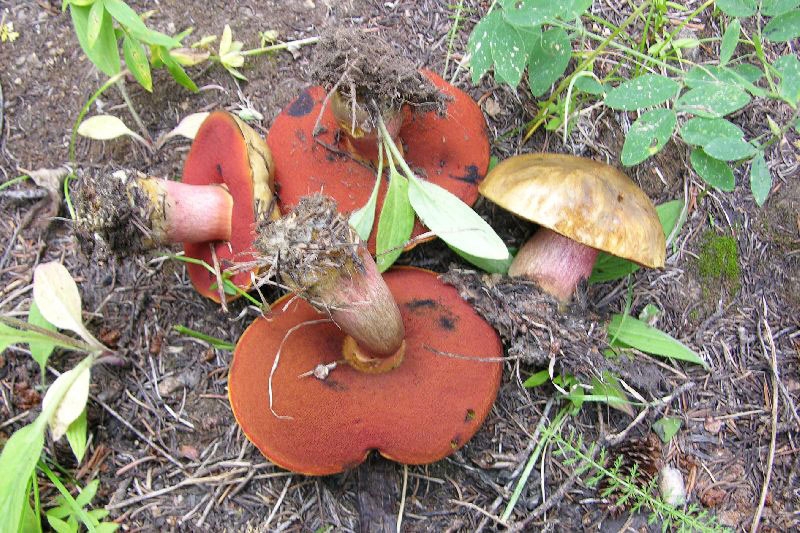
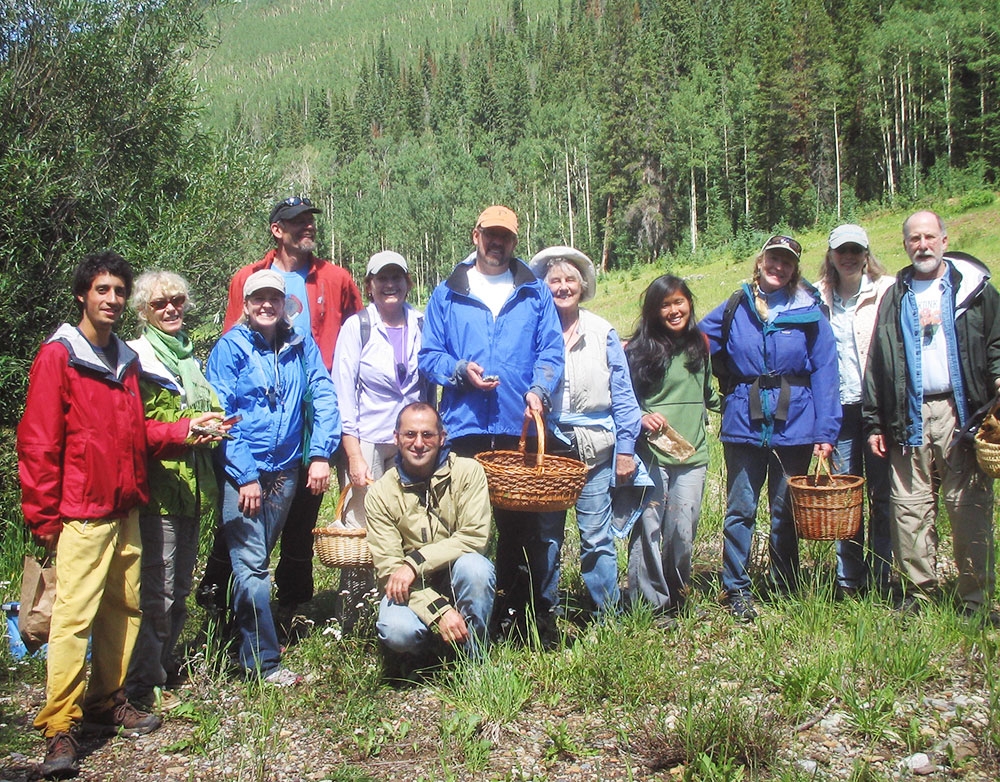
Add new comment